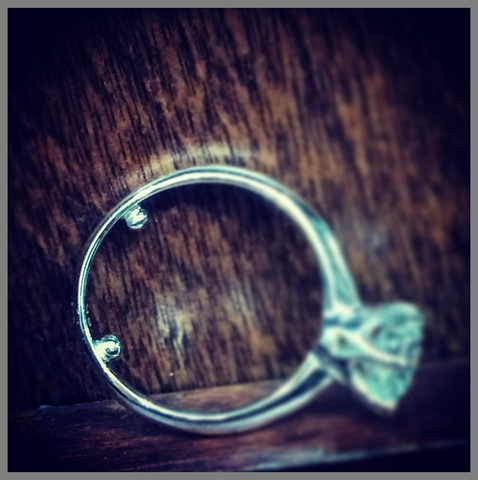

Unfortunately, the spinning of the stacked rings is often caused by different things.

Yes, stacked rings tend to spin a lot, and it is not just normal, but also the most common problem when it comes to stacked rings – whether we are talking about your engagement and wedding rings or your fashion pieces.


Euler’s Discs, coins and even Conan O’Brien’s wedding ring have been spun in a vacuum to see if it’s either air resistance or friction slowing it down. Without friction or vibration, the coin (or disc) would spin forever. But since energy is being lost, the ball’s maximum height decreases while its bouncing frequency increases. If no energy was lost, the ball would bounce at a constant frequency forever. The whole spinning-faster-as-it-slows-down thing is called a finite-time singularity. It’s like bouncing a really elastic ball. In other words, it spins faster as it’s about to stop. Then a curious thing happens – as the flat surface of the coin comes closer to the table, the spinning increases in frequency. When you spin a coin on its side, it slowly loses energy and starts wobbling around. Spinning a coin is simple enough to do, but the physics of its motion and how the coin comes to rest has been studied since the 18th century. What happens when you spin a coin on a table? It spins and rolls (or ‘spolls’), for starters.


 0 kommentar(er)
0 kommentar(er)
